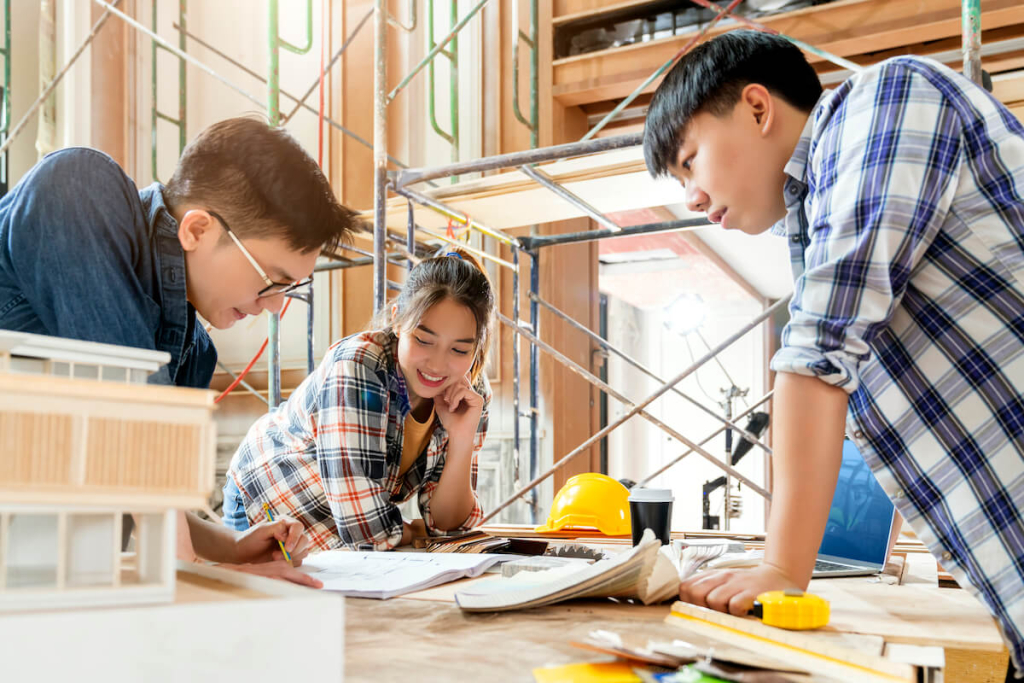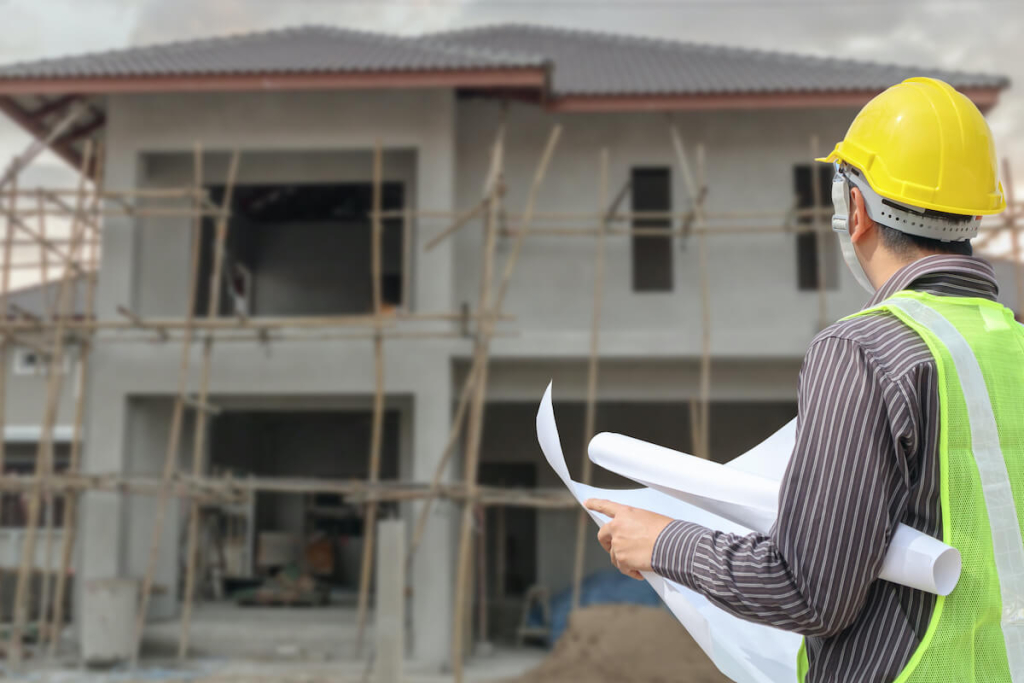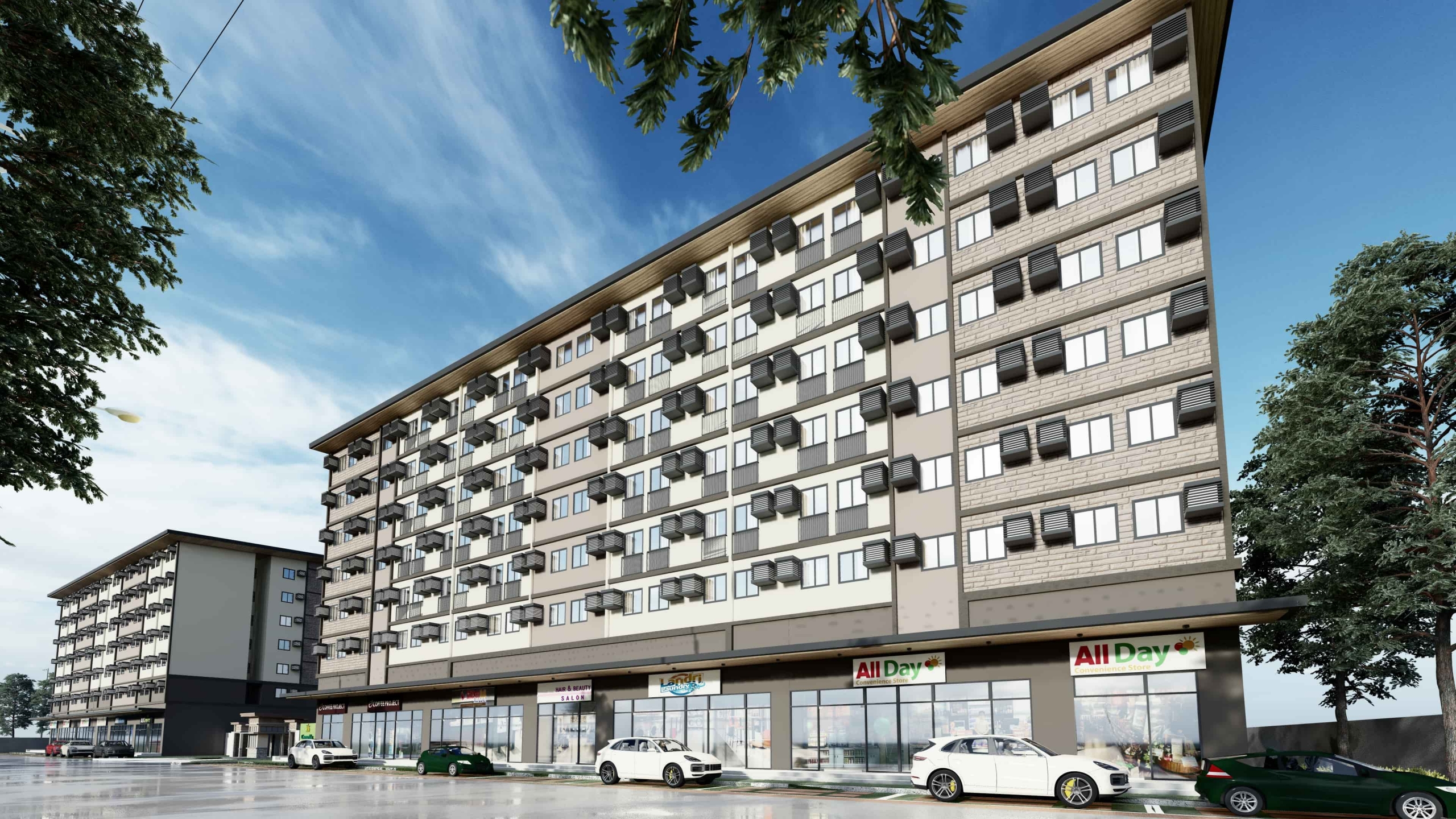
The idea of a new home construction process often seems complex and daunting. This is because it is a multi-disciplinary project that requires attention to detail and a well-coordinated effort to ensure its success. However, the process can also be rewarding if the result is your dream home.
What are the steps in the home construction process?
Building a home is a long construction project with many different stages. Construction processes can be quite challenging, from securing financing, selecting materials and finishes, to applying for proper permits. To help you get familiar with and better navigate the entire home-building process, below is a guide with insights and tips to jumpstart your project.
Planning and Vision
Building a home starts way before the actual construction phase. The first step in materializing dream homes, especially for custom homes, always start with planning. This is where things like budget, location, and needs and wants for custom homes begin.
Furthermore, the result of planning and visualization session will set the direction for the rest of the construction process. To a degree, this is where the success of the new construction depends. Given this, you should have clear and detailed information on items like the floor plan, electrical work, exterior finishes, interior trim, elevations, curing process for timelines and the like so a budget can be set at the end of the planning stage.
Additionally, the following items are generally decided in the design process:
- The layout of the entire house and square footage
- HVAC system (Heating, Ventilation, and Air Condition)
- Lighting
- Electrical and plumbing work
- Fixtures
- Walkways
- Landscaping
When these are ticked off, you may then proceed to the next step.
Selection of Suppliers and Partners
Once you are done with putting your vision into a blueprint, it is time to select partners and suppliers. As with the planning, choosing who to work with also greatly determines the success of your building project.
Depending on the delivery method, you may choose a design-build team that combines a construction and a design firm. Alternatively, you can opt for a design team first, followed by a construction firm for the design-bid-build method.
The design-build method offers earlier collaboration between teams and a more inclusive approach. On the other hand, the design-bid-build method has distinct contractual obligations for each project team.
Which professionals are needed when building a house?

Building a new house, especially a custom home, typically involves several professionals and teams. Here are some of the people and teams you may need:
- An architect or designer to help you create the layout and overall look of your home.
- A general contractor manages the construction process, hires subcontractors, and sees the project through completion with cost-efficient construction process.
- The construction team of professionals includes electricians, carpenters, painters, plumbers, and more.
- Construction manager or project manager to coordinate activities, deliverables, and timelines.
- A surveyor to do the home site check and ensure that the structure is in the correct location.
- A structural engineer designs the structural components of the home, like its foundation and framing.
- An interior designer to help in selecting materials, furniture, and finishes creating a cohesive look for your home.
- Landscape architect to design the outdoor features of your property.
- Building inspector to check the progress at each construction stage, including the final inspection, to ensure it meets building codes and regulations.
Assessing Feasibility
Once you have all the people you need, you can proceed to determine the feasibility of your dream home. You can also start preparing the necessary construction documents and permits.
Is it possible to build on your own land? Or should you find a different site? By assessing factors such as the location, site conditions, and availability of resources and materials, you can determine whether building a home on a particular site is financially viable. This can help in avoiding costly mistakes and ensure value for money.
Obtaining Permits
In addition, a feasibility study makes sure your project is compliant with the local building codes and regulations. By obtaining these permits, you also make sure your home is structurally sound and safe even before construction.
Such items may include building permits, zoning approvals, and other requirements. Make sure you have all the necessary papers before you break ground to avoid delays and legal issues.
Procurement of Materials and Equipment
After the site preparation and the necessary permits and approvals are in place, the next step is to procure materials and equipment. This means sourcing building materials, ordering or renting heavy machinery, and hiring a team of skilled workers. What you need to do here is ensure that all materials and equipment are of high quality and meet the necessary safety and performance standards.
Construction
With the materials and equipment in hand, the next step is construction. At this stage, the work of building the structure begins. At this phase, a well-coordinated team in place is an asset to ensure that the construction process runs smoothly and efficiently. It may also include regular meetings to monitor the progress of the project and make any necessary adjustments along the way.
What is the step-by-step process for building a house?

The house construction process typically consists of the following steps:
Excavate the Site and Lay the Foundation
Excavating the site and laying the foundation is the first step in the construction process. The foundation is the most critical part of the home, as it supports the entire structure. Your contractor will excavate the site, pour the concrete footings, and lay the concrete blocks for your foundation walls.
At this stage, the exterior walkways and exterior doors are also usually installed. After that, the builder will install a house wrap to shield the structure against moisture and wood rot. Additionally, your contractor may also do exterior grading and install drains to ensure proper drainage around your home.
Frame the House and Install Utilities
The framing phase usually includes constructing the exterior walls, roof systems, and flooring of the house. Once the framing is complete, up next is the installation of the utilities, including rough plumbing, electrical and HVAC systems, the septic system, and sewer lines. Other essential items in this stage include the electrical panel and electrical outlets. This is a crucial step, as it sets the stage for the finishing work.
Install Insulation, Drywall, and Flooring
After completing the utilities, your contractor will install insulation, drywall, and hard surface flooring. Blown-in insulation is added to the walls and ceiling to help regulate the temperature inside the house, while drywall is installed to create interior walls.
Paint, Install Fixtures, and Finish Work
The finishing work includes painting, installing fixtures (including light fixtures), and completing the final touches. This is where you can add your personal touch and style to your interior finishes, including the window sills, interior doors, and the rest of the decorative trim. Work with your contractor to select the right colors, fixtures, and finishes that match your taste and preference.
Final Walkthrough and Move-In
After completing the finishing work, your contractor will conduct a final inspection to ensure that it meets the building codes and regulations. The inspector will check every square foot of the building, from the framing to the plumbing and the mechanical systems. In some cases, each aspect of the house might need a separate inspector. Once the inspection is complete, you can move into your dream home and start enjoying your new life.
The exact construction process may vary depending on the specific project. Furthermore, some steps may occur simultaneously or be combined. However, these are the general steps involved in constructing a new home.
Build your dream home with a trusted developer
Building a new home from your vision is a daunting task, but it is also a rewarding one. This makes your home a sanctuary and a token of your success. When building your dream home, trust only the country’s top home-builder like Camella.
Camella ensures that your dream home is built to the highest quality standards, delivered on time and within budget. Most especially, it provides peace of mind throughout the construction process. See how Camella delivers its house and lot, and condo properties.
Building for the Filipinos
Camella also goes to extreme lengths to create services and programs that make it easier to own a house and lot, including designing customized and easy financing schemes, as well as promos for buyers. This is part of the group’s commitment to focus on better understanding the needs and dreams of Filipinos by building more properties and creating better programs and services that allow them to find the best homes to better their lives and make their dreams real. Today, the group’s efforts are directed towards a future where the Filipinos’ hard-earned money can truly fulfill their own and their families’ dreams and improve their lives. Beyond being an expert in the building and managing of in key locations across the country, Camella’s mission is to be an expert on the needs and desires of the Global Pinoy.
They deserve no less from us.

Check out our Condo for Sale Properties
Discover our condo for sale properties in the Philippines


